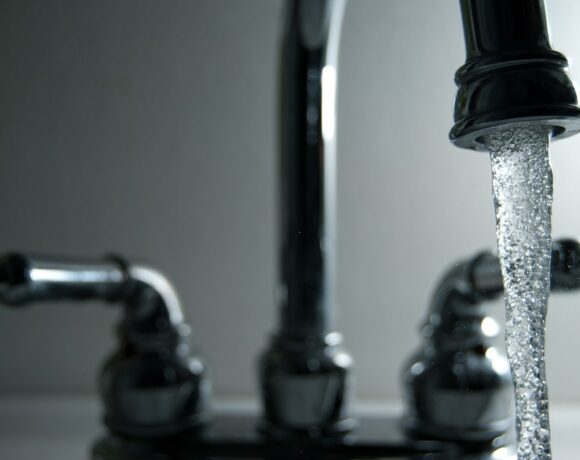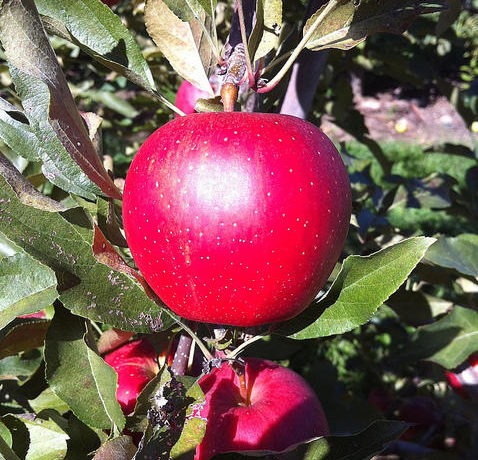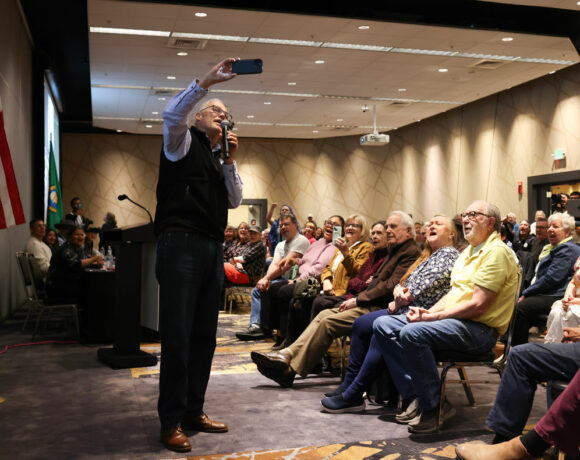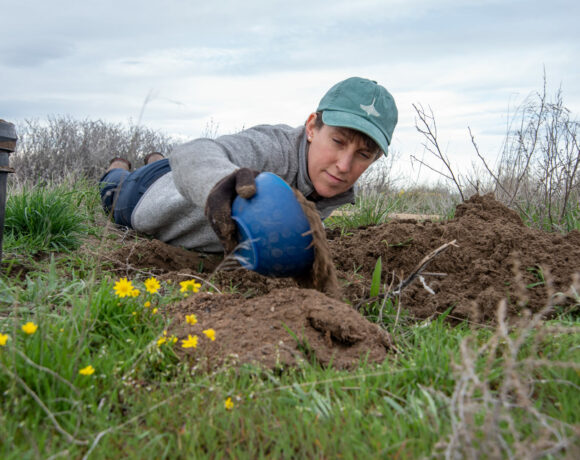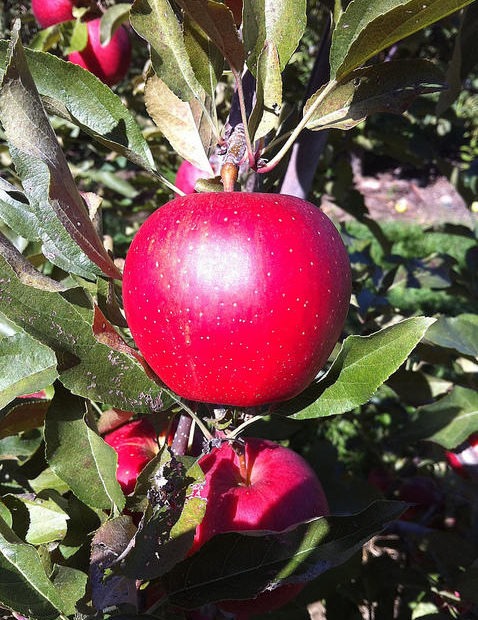
Want To Grow An Apple Tree? Don’t Start With Apple Seeds
Anyone who’s tried to plant apple seeds in their backyard was likely disappointed by the results. Fruit that was small, tasted bad, and if it grew at all wasn’t even the kind you had planted. It turns out that growing apples is a lot more complex than just planting a seed.
So how does it all work? The answer can be found at WSU’s Tree Fruit Research and Extension Center in Wenatchee. It’s here that the upcoming Cosmic Crisp was developed, and it’s where WSU continues to find new ways to grow the popular fruit.
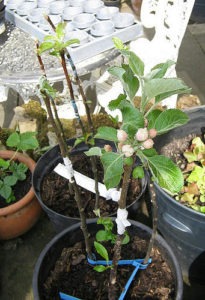
An apple scion grafted onto a rootstock. This is the start of an apple tree.
Photo credit: Mark Shirley
Apple trees don’t grow “true-to-type,” as WSU tree fruit breeder Kate Evans explains. That means that if you were to plant, for instance, Red Delicious seeds in your backyard, you wouldn’t get Red Delicious apples.
Instead, planting and breeding means matching a scion to a rootstock. The scion is the fruiting part of the tree – most of what you actually see. The rootstock is everything that goes in the ground, as well as the first few inches of the trunk. Buds from one variety are attached to the rootstock of another. Together, they grow into a tree that will produce apples.
But matching up the scion and rootstock isn’t enough to grow good apples. You also need a tree to act as a pollinator.
“If you don’t have good pollination, you can end up with misshapen or small unattractive fruit,” says Jim McFerson, director of the Wenatchee extension. Up to ten percent of an orchard can be pollinators, and most today are crabapple trees.
Together, this all means that getting the new apple varieties that growers want can be tricky. It’s a long and expensive process. That’s why the extension has been developing new methods for DNA-informed breeding: looking at genetic markers in selecting scions and rootstocks that will provide certain traits.
“Kate [Evans’] program can select against seedlings that have an undesirable combination of characteristics,” McFerson says. “It allows you to not waste resources on growing out plants that will not be acceptable.”
So instead of having to try dozens of different selections, growers can pick the combinations most likely to give them the traits they want. That data is used at numerous commercial orchards. New seedlings are grown in a greenhouse, and the successful ones are planted.
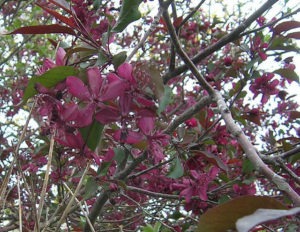
Apple blossoms need to be fertilized in order to produce good fruit. Up to ten percent of an orchard can be trees that just act as pollinators.
Photo credit: Jennifer Powell
“You can’t drive through the state now into areas where orchards are being planted and not see the impact of WSU research,” McFerson says. “It starts with the selection of cultivars, and nowadays most growers are trying to plant dwarfing cultivars.”
Those dwarfing trees are easier to harvest, and can produce more fruit. Cultivars aren’t just selected for fruit quality – crispness, sweetness, and acidity. Orchards also want trees that bloom and fruit quickly. And apples need to store well, survive shipping, and be pest resistant.
This means there isn’t one perfect apple. The Cosmic Crisp is getting a lot of attention, but the WSU Extension is already looking for their newest big apple variety.
“We would like to trial dozens of different selections, but we have to limit that quantity, so 5-10 selections are being evaluated at any given time in a more intense fashion,” McFerson says.
Those evaluations are happening at commercial orchards across Washington, the same ones which could one day grow the new varieties they develop.
“Our processers, and our consumers, have a range of more delicious, more affordable, and more sustainable products,” McFerson says. “We happen to be extraordinarily successful at tree fruit in this state.”
Copyright 2016 Northwest Public Broadcasting
Related Stories:
